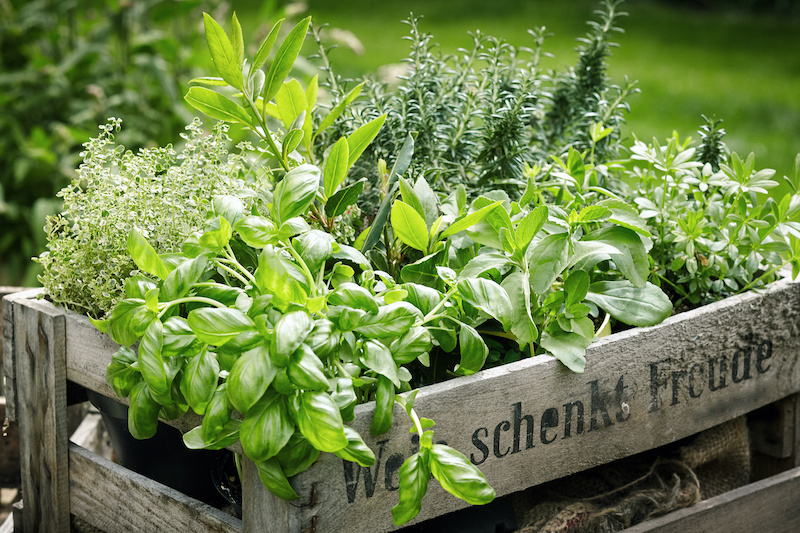The decision to build a new home involves many choices, some of which are practical and others that are aesthetic. These include a location that offers convenient access to employment centers and shopping, great schools, excellent amenities and a community with a quality of life that makes “coming home” something to look forward to every day. For many, Gateway Parks, located in the eastern side of the DFW Metroplex in the charming city of Forney checks all of these boxes.
Increasingly, new home buyers are realizing that one element of their residence combines both practicality and aesthetics – their landscaping!
Just as state-of-the-art design and engineering of the structure of the home can save thousands of dollars a year on utilities and maintenance and architectural elements can make for an appealing appearance, well-planned landscaping can reflect the personality of the homeowners, save money on water and lawn maintenance AND increase the biodiversity of the property. When this occurs, the humans are happy and the birds and bees flourish!
Edible Landscaping
Many new homeowners are joining the “edible landscaping” movement, especially to make their backyards work for them. Using herb and vegetable gardens, native (to the area) shrubs and grasses, native fruit trees and drought-resistance ornamental plants have many positive effects. It feeds the birds and insects, supplies delicious food for the table and dramatically reduces the consumption of water and other resources.
According to this recent article, the edible landscaping movement is “global in scope. Its adherents include gardening enthusiasts, sustainability advocates and a growing number of professional landscapers who see it as a practical way to create attractive landscaping that also provides useful and replenishable food sources.”
What to Grow in North Texas
As the farmers around Forney who have harvested nature’s bounty for hundreds of years can attest, the mild weather and rich soil of the land found in Gateway Parks makes this master-planned community a perfect location for creative landscaping.
Horticulturists and landscape architects note that fall and winter are good times for a variety of hearty herbs and vegetables. These can be planted in existing beds, raised planters and large containers that surround a patio or outside entertainment area.
Herbs that love the cool North Texas weather in the fall and winter include:
- Parsley (flat Italian or curled)
- Sage
- Rosemary
- Thyme
- Chives
- Lavender
- Cilantro
- Mint
According to Texas A&M Agrilife, the vegetables that thrive in the fall and winter include:
- Beets
- Brussels sprouts
- Broccoli
- Cabbage
- Carrots
- Chard
- Collards
- Garlic
- Mustard
- Onion
- Radish
- Spinach
- Turnips
These experts suggest that the gardener should “spread 1 to 2 inches of coarse, washed sand and 2 to 3 inches of organic matter on the garden surface and till it into the soil to improve the soil’s physical quality. The soil will need to be improved over time rather than in just a season or two. If you are building a raised bed garden, don’t skimp on the soil. Use weed-free loam or sandy loam soil.”
Can You Dig It?
Preserving scarce natural resources such as water, along with saving that other “green” (money), while building biodiversity, is easy and delicious. Plus, this eco-friendly landscaping can further enhance the look of the glorious neighborhoods of Gateway Parks.
To learn more about living in this lovely, master-planned community, click here for more information. You might really dig it.








